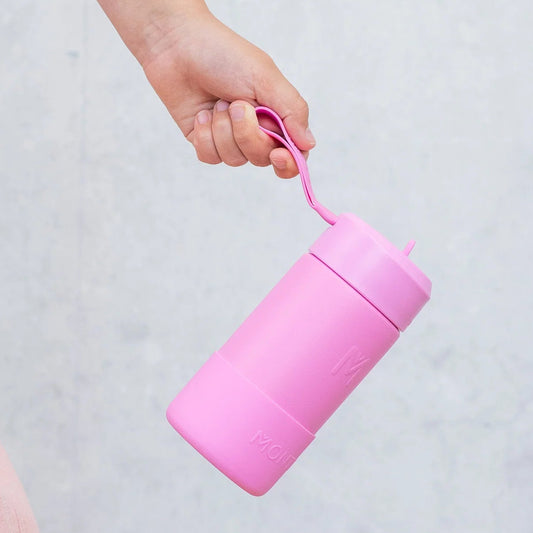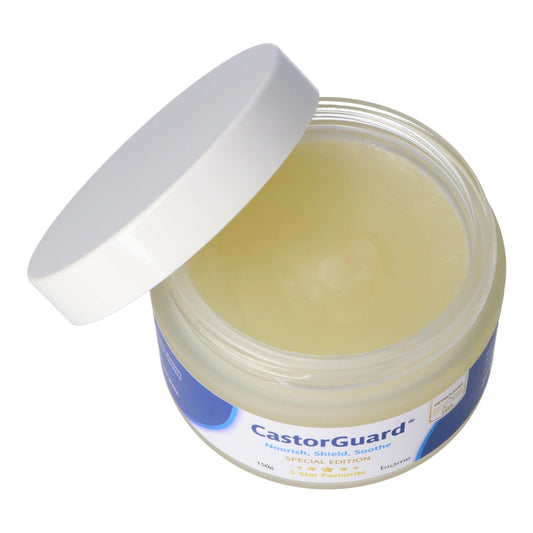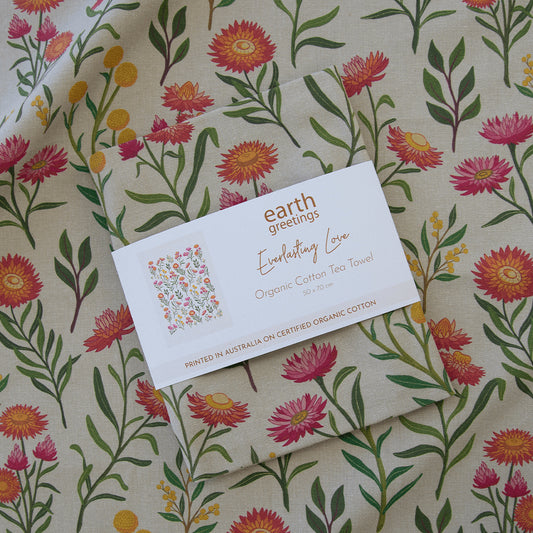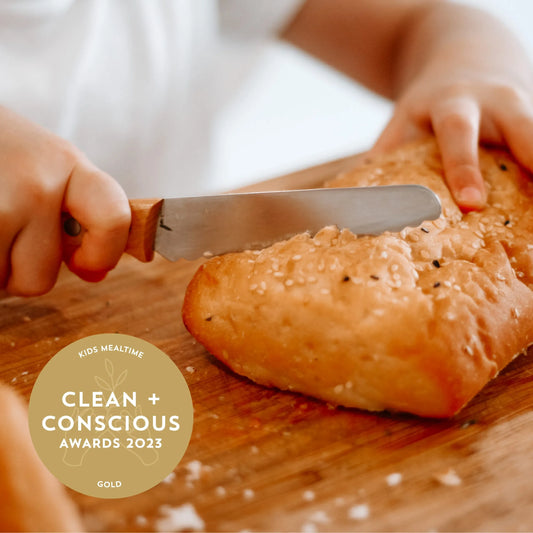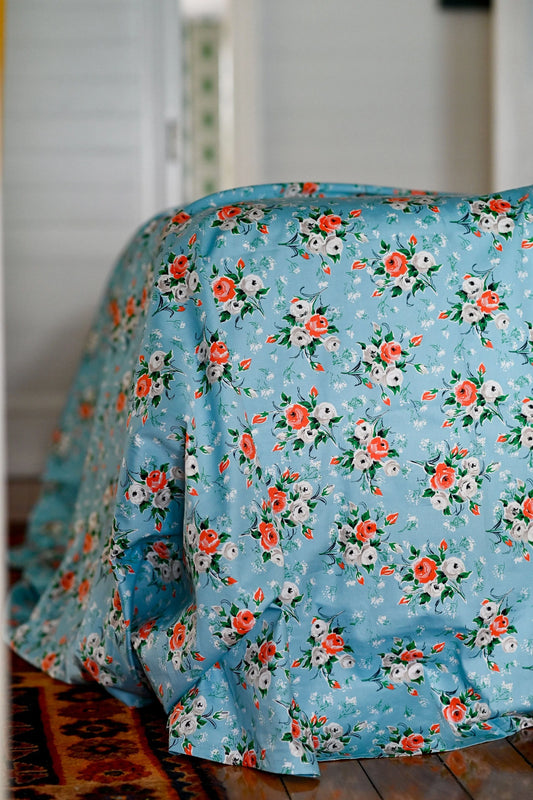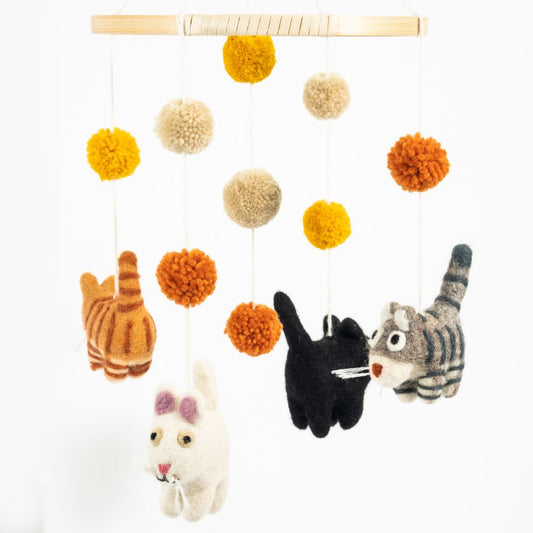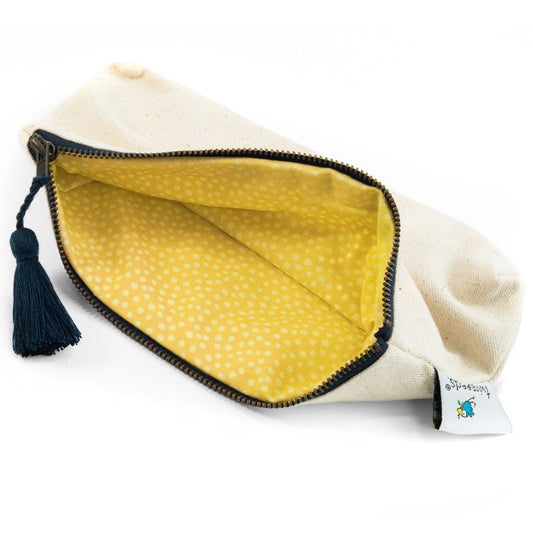
Microbeads might be small but they are a significant contributor to the global problem of plastic pollution. Microbeads are found in many cosmetic and personal care items, and while Australia is in the process of restricting their use, more can be done to stop the significant impact these tiny pollutants have on the environment.
What are microbeads?
Microbeads are tiny plastic particles that are added to some cosmetic and personal care products, such as toothpaste, face wash, and body scrubs. They are used as exfoliants, abrasives, or fillers, and they can range in size from 0.1 to 5 millimeters.
How do microbeads affect the environment?
Microbeads are designed to be washed down the drain after use, but they are too small to be filtered out by most wastewater treatment plants. This means that they end up in rivers, lakes, and oceans, where they can harm wildlife and ecosystems.
Are microbeads the same as microplastic
Microbeads are a type of microplastic, which is any plastic fragment smaller than 5 millimeters. Microplastics can come from various sources, such as the breakdown of larger plastic items, synthetic fibers from clothing, or industrial processes.
Microplastics are ubiquitous in the environment and have been found in every continent, ocean, and even in the air. They pose a serious threat to biodiversity and human health, as they can accumulate in the food chain, transport pollutants, and interfere with biological functions.
Microplastics can affect the environment in many ways:
- Ingested by animals, such as fish, birds, and marine mammals, causing physical damage to their digestive systems, reducing their stomach capacity, and making them feel full and eat less. This can lead to malnutrition, starvation, and death.
- Absorb or carry toxic chemicals, such as pesticides, heavy metals, or flame retardants, that can leach into the water or the tissues of the animals that consume them.
- Alter the physical and chemical properties of the water, such as reducing light penetration, oxygen levels, or nutrient availability. This can affect the growth and survival of aquatic plants and animals.
- Transport invasive species or pathogens across different regions or habitats, disrupting the natural balance of ecosystems and increasing the risk of disease outbreaks.
Is the use of microbeads banned?
Microbeads are one of the most easily preventable sources of microplastic pollution. Many countries have banned or are in the process of restricting their use in cosmetic and personal care products.
In Australia, seven out of eight states and territories have committed to ban single-use plastics, with four microbead bans to happen by the end of 2023.
The Australian Marine Conservation Society put together a handy graphic to refer to. As you can see, there is still lots of work to be done when it comes to banning single use plastic in Australia.

How to prevent microbead and microplastic pollution
As a consumer, you can vote with your wallet. Avoid buying products that contain microbeads by checking the ingredients.
AVOID
polyethylene (PE)
polypropylene (PP)
polyethylene terephthalate (PET)
polymethyl methacrylate (PMMA)
nylon
Microbead free alternatives use natural, biodegradable ingredients.
CHOOSE
sugar
salt
oatmeal
coffee grounds
walnut shells
clay
konjac
Here at Biome, every product is free from plastic microbeads.
Facial Exfoliants
More microbead free natural facial exfoliant
Body Scrubs
More microbead free natural body scrub
Toothpaste
More microbead free natural toothpaste
Stop microbead pollution
By raising awareness and taking action to reduce their use and disposal, we can protect our environment and our health from their harmful effects.
MORE READING
What single use plastics are banned in Australia?
Make your own pumice and clay facial exfoliant


